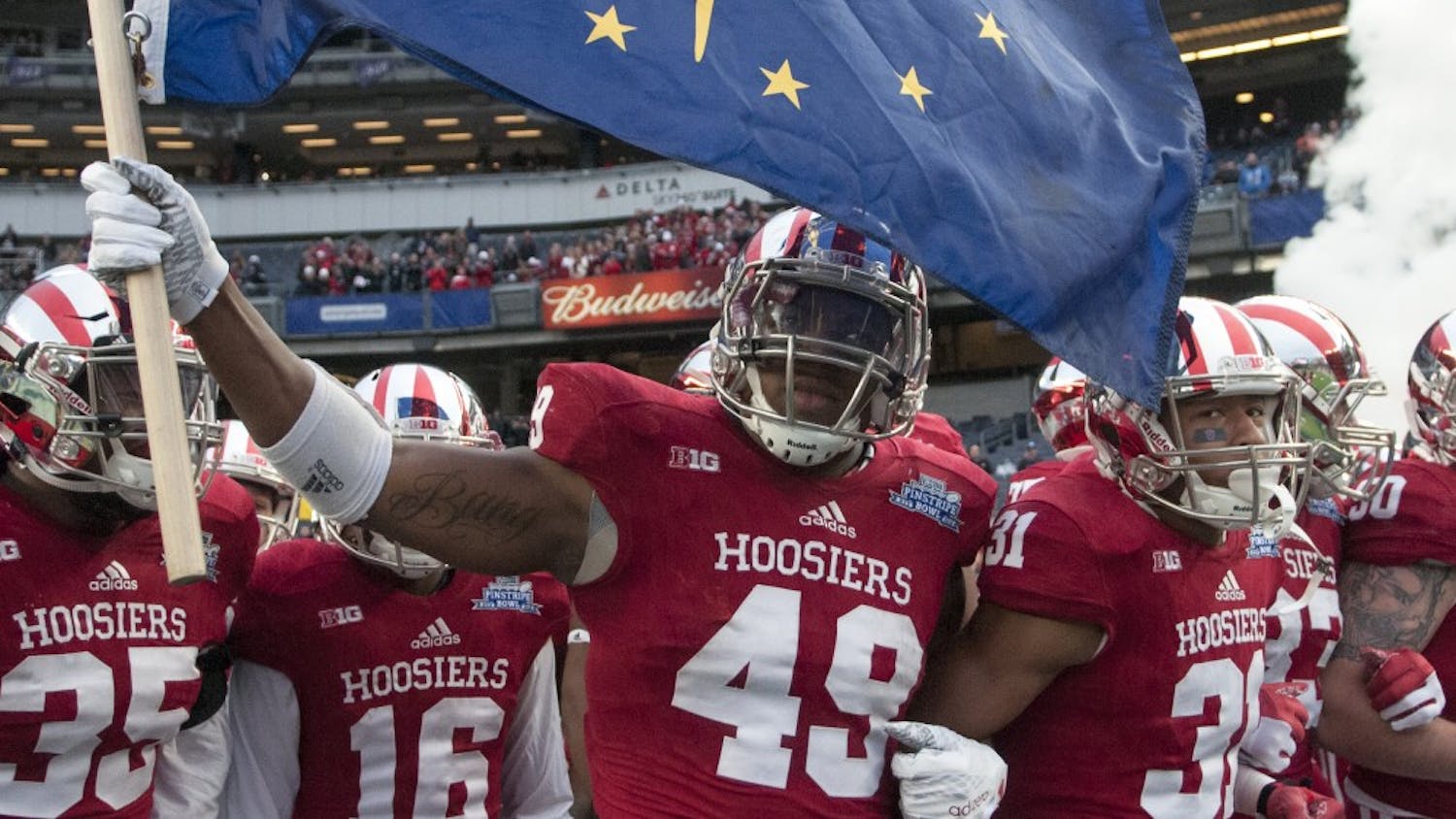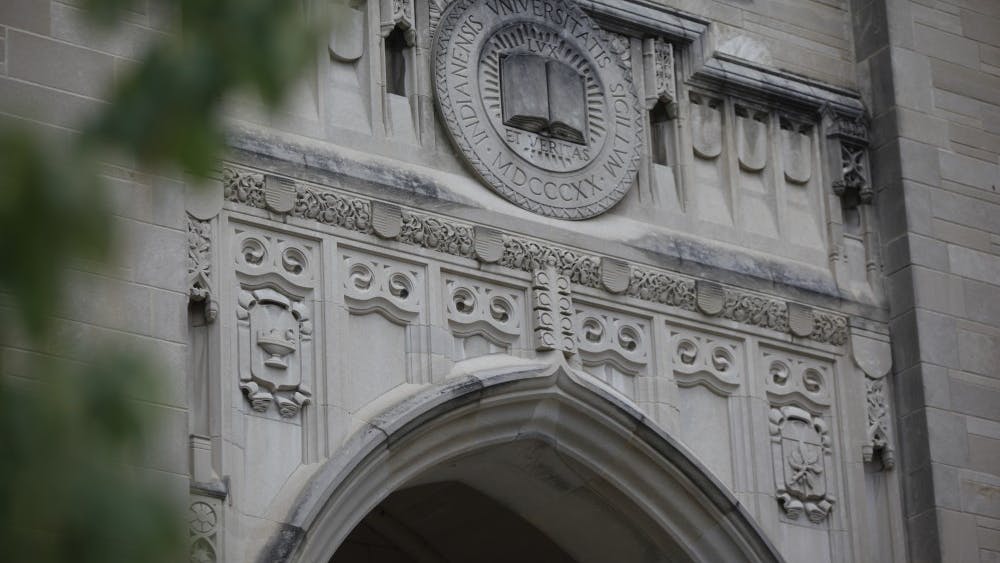Though the School of Journalism has dissolved and Ernie Pyle Hall is vacant, the legacy of the World War II journalist still lives on in Bloomington in the form of a bronze statue in front of the newly renovated Franklin Hall.
Pyle, born in 1900 in Dana, Indiana, was a foreign correspondent who gained notability through his ability to tell stories of these faraway lands at war.
Before he became Scripps-Howard’s most famous product, he was a student at IU.
Journalism wasn’t an available major at the time, but Pyle took journalism classes because a friend told him they’d be easy. Luckily for Pyle, he was good at it.
He was one semester away from graduating from IU when he received an offer to work at the LaPorte Herald in LaPorte, Indiana. Rather than graduate, Pyle started work.
He worked at various newspapers, and, in 1940, he went to London to cover the Battle of Britain. He reported throughout the European theater and North Africa and eventually wound up in Normandy for the D-Day invasion in June of 1944. That same year he was awarded the Pulitzer Prize for war correspondence.
In 1944, Pyle was invited to campus to receive IU’s first-ever honorary degree of humane letters. This was his last visit to Bloomington, and that spring he went to cover the Pacific theater.
On April 18, 1945, Pyle was killed by machine gun fire on the Japanese island of Ie Shima. Seventy-two years later, Pyle still has an ever-changing presence on the Bloomington campus.
Perhaps most notable is the sculpture of Pyle just inside IU’s most notable landmark, Sample Gates.
After the announcement of the Media School merger and disintegration of the School of Journalism, many alumni were concerned about the state of the program. When it was announced that the Media School would be housed in a refurbished Franklin Hall rather than Ernie Pyle, Pyle’s legacy came into question.
So, in October 2014, a sculpture of Pyle by Harold “Tuck” Langland was installed in front of Franklin Hall. Though the Media School would not move out of Ernie Pyle Hall for almost two more years, a bronze version of Pyle had found a home on campus.
However, two days before the sculpture was to be dedicated, a misspelling was found on Pyle’s patch on his left arm. “Correspondent” was spelled “corespondent.” The mistake was later corrected by Detroit artist Giorgio Gikas.
Within the Media School, his legacy lives on in the Ernie Pyle Scholars program, the journalism’s honors cohort for the top students in each class. The scholars take advanced journalism classes throughout their four years and learn about and study the works of their namesake.
Learning about Pyle is not limited to EPS, though. One of the Media School’s many travel courses carried over from the old journalism school is J418: In The Footsteps of Ernie Pyle, a course in which students study Pyle and other World War II journalists for an entire semester and spend spring break abroad in Pyle’s “footsteps” — London, Normandy and Paris — touring the places Pyle reported from during the war. Those places include St. Bride’s Church in London and Omaha Beach in Normandy, France.
One of most treasured items of Pyle’s legacy in the Media School sits in the offices of the Indiana Daily Student, the newspaper Pyle worked for as a student.
Now known as Ernie Pyle’s desk, the old brown desk sits in the newsroom in honor of Pyle and all other editors-in-chief to come through the IDS. Pyle was editor-in-chief in summer 1922. Editors-in-chief now have a tradition of signing the desk their last night of production. Editors as far back as the 1940s have signed the desk.






